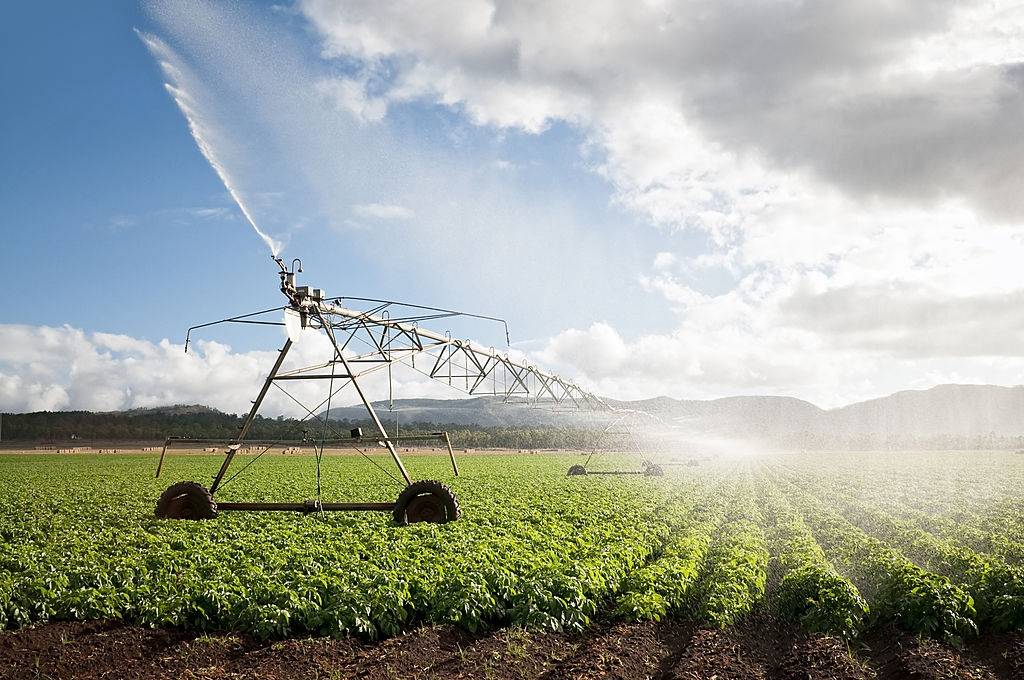Water is an essential resource that is limited and is vital for human beings to survive. One of the crucial requirements of water is to grow crops. Hence, farmers must take essential steps towards water conservation as it is necessary to prevent a shortage, and it can be done by reducing wastage and thereby improving the management of water.
India’s agriculture industry is believed to utilize around 85% of the water resources of our country. Natural resources are not available in plenty everywhere, and it is a fact that even in 2020, some regions don’t have enough water reservoirs. It is because these regions do not get sufficient rainfall. That is why farmers use specific methods to ensure that crops get proper water supply throughout the year. This process is called irrigation, which helps to prepare the soil for crop cultivation and reap a good harvest.
Many farmers, in India, still use traditional methods of farming like flood irrigation, which require the use of large quantities of water. Farmers must use modern techniques that will prevent water wastage and preserve groundwater resources.
Methods of water conservation
The following are some of the modern ways of water conservation used in farming:
- Drip irrigation: This is an effective method of saving water and is used in farms, as well as greenhouses and even small house gardens. Through this system, water drips slowly to the plant roots and aims to lessen the evaporation of water by supplying directly to the root area. It is apt for those regions where water shortage is prevalent. In drip irrigation, water is supplied using pipes, valves, tubes, and emitters, while in some areas water is also sprayed using micro-spray heads. There are also web-based water controllers used in drip irrigation that adapt the watering process according to the soil-type, weather, type of plant, shade, etc.
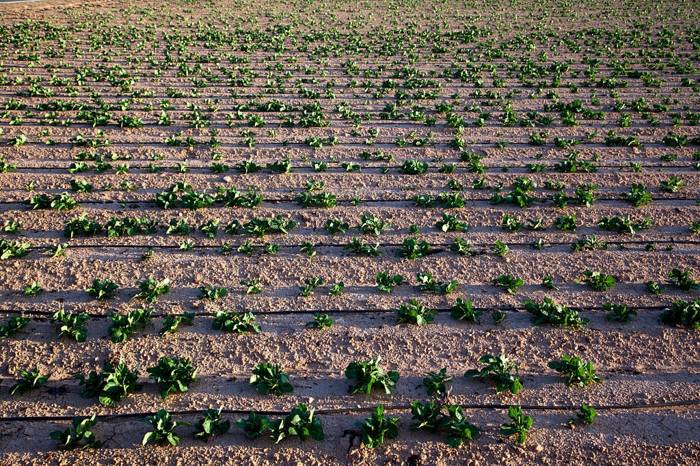
Drip Irrigation in a field - Step farming: It is another name for terrace farming, and it consists of making flat spaces by cutting hillsides so that crops can be grown. The main benefit is that it allows crops to be planted on mountainous regions, and whenever it rains. The nutrients present in the soil are just transported to the next level instead of getting washed away. It also conserves water by preventing it from flowing uncontrollably over the hillside and destroying all other crops planted there.
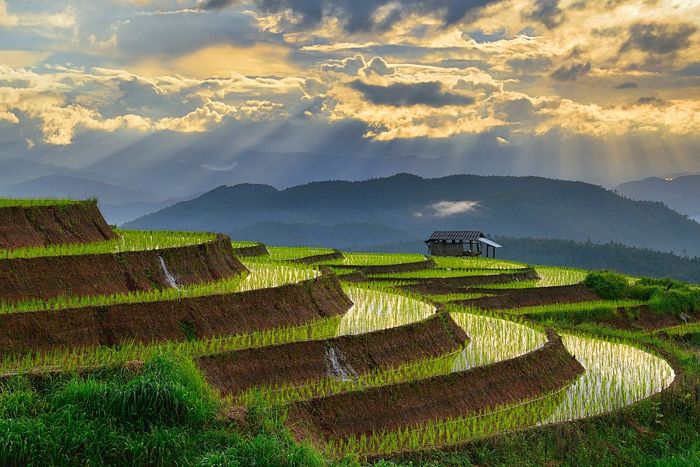
Step farming usually done in hilly areas. - Hydroponics: This is a method that is used to grow crops in regions where land for agriculture is very scarce, non-existent or not fit for use. Plants can be grown in even the spare rooms of a house using this system. In this process, the roots of the plants are immersed in an oxygenated solution, which also has nutrients. The roots are connected directly to the nutrients. Since water is re-circulated, the wastage is negligible, and plants also grow much faster than in soil. There are also other benefits like freedom from soil-borne diseases and growth of weeds, reduced use of insecticides, and savings in labour.
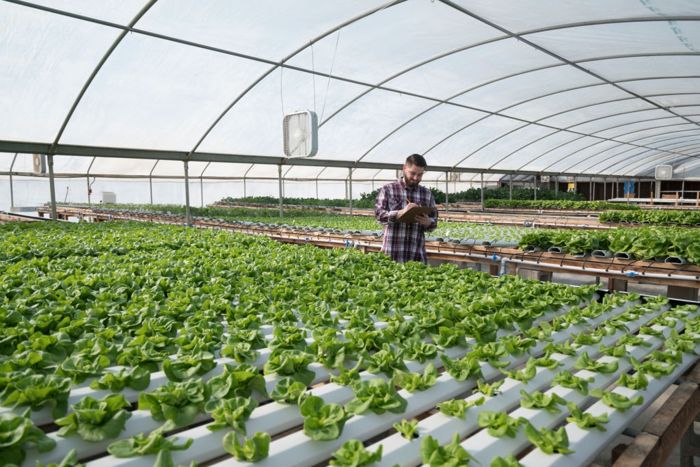
Hydroponics Farming - Storage tanks: These are used in regions where water resources are limited. By storing rainwater in these tanks, it will be available for the various agricultural processes throughout the year. They are available in multiple sizes and can hold several lakhs of litres of water. They are very durable and do not get affected by changes in climate like rain or extreme summer heat. Water can be supplied to the crops using pipes and pumps connected to the storage tank.
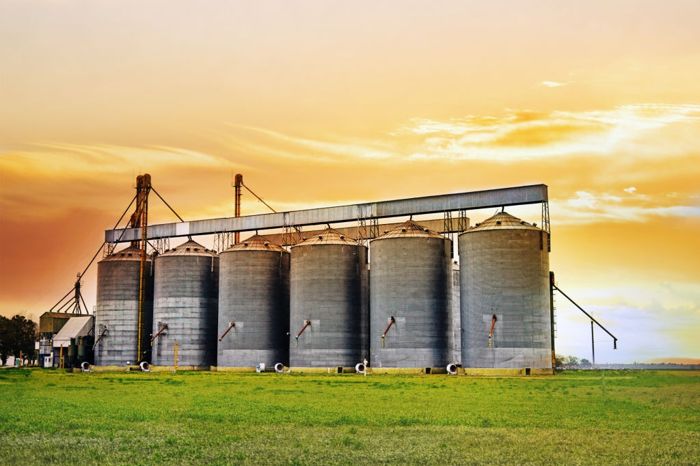
Storage Tanks
We ensure to supply quality pipes to farmers which they can specifically use for water conservation. Our pipes are made from quality material that doesn’t undergo regular wear and tear such as breaking on turns and uneven water supply at sloppy areas. We have managed to provide a solution to the common pipe problems.
